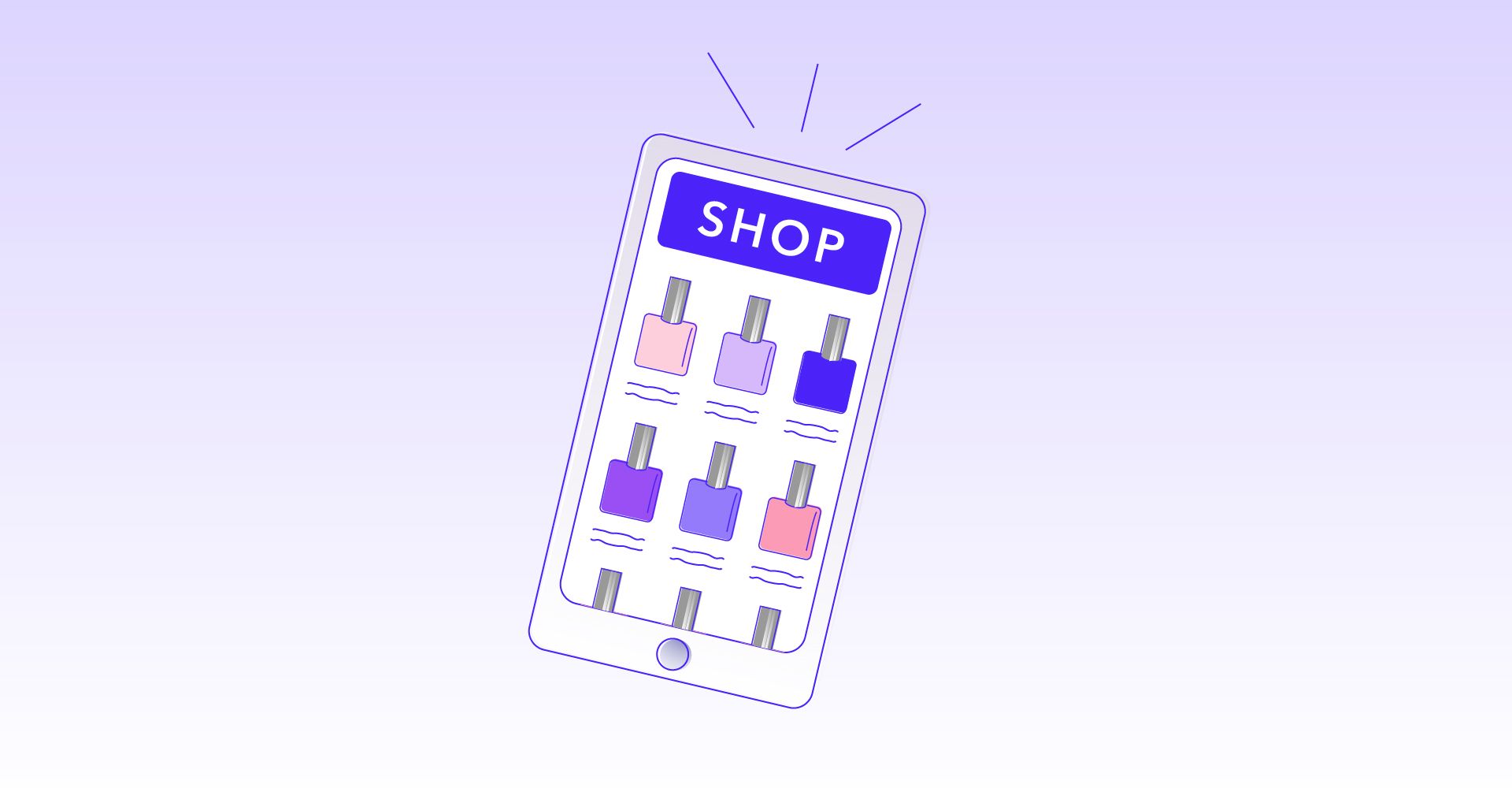
How To Optimize Your E-Commerce Site For Direct-To-Consumer Success
Virtual storefronts are essential windows to your brand, and they can be plenty lucrative, too. Consumers are increasingly comfortable buying skincare, makeup and fragrance digitally, pushing online beauty product sales up 14% from 2015 to 2016, according to 1010data. Even after beauty behemoths like Sephora, Ulta Beauty and Amazon take substantial shares of the over $400 billion in US beauty sales, there’s still a lot of loot left on the table for brands to capture on their direct channels. But clunky and ill-conceived websites zap possible profits and cause beauty shoppers to think poorly of brands both on screens and at retail. Here are eight key practices beauty brands can employ to make their sites sing and maximize e-commerce sales.
- Button up your branding
- This step applies to all aspects of your business, and especially to your website. Your branding must be crystal clear to effectively communicate to customers visiting your site. It’s crucial that the customer’s online experience of your brand is cohesive from homepage to order confirmation. “Content first, technology second. Too often, there’s not enough emphasis on branding and too much on technology,” declares Sheri Koetting, founder of design firm MSLK. “Everyone thinks choosing your platform is the number-one thing, but your consumer doesn’t care what platform you’re on. Think about what you want your front-end consumer experience to be first.” Karen Young, founder of marketing company The Young Group, emphasizes, “The clearer the brand story, the easier it is to target the appropriate demographic, and the easier it is for that demographic to find the brand and identify with it.”
- Budget properly for the project
- There’s not a one-time payment for launching website. You’ll have the initial outlay for building the site, then monthly or annual fees to keep it humming. Beware that upfront expenses may multiply. Web development often runs twice as long and costs twice as much as you originally imagined. Fiona Stiles, whose ecommerce site Reed Clarke is hosted on Squarespace, approximated website construction costs at less than $5,000. She was fortunate to have her photographer husband shoot imagery for the site; costs can easily rise far above that amount without free help. For most beauty ecommerce sites, expect to shell out five figures. Luke Ragno, who has worked with beauty brands such as Amika, Kjaer Weis and Nomad Cosmetics as principal at Luke Ragno Design & Art Direction, says $10,000 to $30,000 is a standard range paid by small to medium-sized beauty companies for site design and development.
- Choose your platform carefully
- The selection of ecommerce platforms is wide, making it difficult to settle on the right platform for your brand. Shopify is incredibly popular with independent beauty brands, but recent issues with its payment gateway have cost some brands significant money. Ragno remains a fan. He explains, “Shopify has by far the most user friendly back-end and a good ecosystem of apps to extend functionality, many of them for free.” As for the downsides of Shopify, he suggests WordPress is better for custom functionality and visual editors for the end user are superior on Squarespace. The lack of custom functionality has led Koetting to recommend WordPress with Woocommerce for indie beauty brands. “There are no monthly ongoing fees; you’re not beholden to another company,” she says. Pinning down your priorities—e.g., ease of use, customization abilities—is beneficial in guiding your platform preference. Pick wisely because changing platforms can be a nightmare. “It’s so expensive and such a bad idea to switch platforms once you’re mature,” says Beauty Heroes founder Jeannie Jarnot. “It’s important to consider what will be good for the long term right from the start.”
- Don't take experience lightly
- A beautiful website can turn ugly when the consumer experience lags. “It’s not just about putting product online. You have to create a relatable and personable experience that really tells your story,” says Melissa Reinking, senior director of marketing at BioClarity. Your site’s navigation, search and checkout process must be as smooth as possible. Koetting recommends going over user flow and wire framing first. “We have learned that time is not infinite online. It used to be give everyone everything. Now, you want to offer a more curated experience,” she says. Koetting points out online navigation and product organization are opportunities to revisit aspects of your brand jettisoned in store displays or on packaging. If your products are loaded with exotic plant extracts, for example, offer the option of shopping by key ingredients. Of course, you shouldn't showcase your products on dismal product pages. Jillian Wright Skincare founder Jillian Wright says, “I highly recommend investing the money in great photography.” Product images with white backgrounds as well as lifestyle shots are par for the course. Use this photography, as well as informative and engaging copy, to create rich, detailed product pages. "Quality images matter," asserts Keith Anderson, senior vice president of strategy and insights at Profitero. "If you can add video, even better—it can increase conversion rate anywhere from 5% to 50%."
- Be an inbound marketing maven
- Once your site is live, how do you get people to it? Inbound marketing encompasses the daily nitty-gritty of driving traffic to your website, including content creation, search engine optimization or SEO, keyword research, meta-tag development, external link earning, social media syndication and paid search and even page load time. Page load time — the seconds it takes for a webpage to fully load after a user clicks on it — is a major factor in site success. Slow loads can negatively impact sales by sending users scurrying away from your site before purchases are made. "A load time of more than three seconds will definitely increase bounce rate," says Anderson. Bounce rate is a web performance metric that quantifies the percentage of visitors leaving the site after viewing only one page, thus "bouncing" off the site. According to Kissmetrics, the average bounce rate for retail sites is 40.5%. See how your site stacks up in Google Analytics. By now, everyone knows the saying, “Content is king,” but sites continue to make content missteps. In the crowded beauty space, Reinking stresses “authoritative content is so important.” BioClarity uses on-site content to educate would-be customers on the myriad causes of acne. Koetting underscores fresh content is a great way to introduce your brand to new customers, but warns against falling into a promotional pitfall when it comes to content creation. “Don’t be too product-focused in the way you think about it,” she says. “Focus on education, tips and tricks and even wider lifestyle topics that would interest your customers.”
- Know your way around Google Analytics
- Ecommerce generates an incredible amount of data on every sale. You can find out where customers live, their ages, the languages they speak, the types of devices they depend on, whether they’ve visited your site before, how many times they’ve visited, what pages on your site they frequented before they bought and much more, but only if you know where to look. You should tag all pages on your site properly for Google Analytics tracking, and know how to read and analyze the data that Google accumulates. Reinking harnesses Google Analytics data to test hypotheses. She pays special attention to the conversion funnel by traffic sources. She asks questions like, “How did online customers move along the funnel on the site? Can I minimize the friction points?” If these questions are gobbledygook to you, poke around Google Analytics. Much of the data is intuitive. However, figuring out the paths to purchases of customers who clicked on display ads to get to your site may take time and tutelage to figure out. Don’t worry, though, you don’t have to be a data scientist to interpret Google Analytics.
- Improve your mobility
- As more sales happen on handheld devices, it's imperative that your site looks and works great on small screens. Test your mobile site on Galaxy, iPhone, Pixel and so on. Make sure your images stay crisp, copy stays comprehensive and checkout remains seamless no matter the smartphone model. Go through the user experience yourself from homepage to checkout on different devices to identify the pain points for remediation. Even if you find that, historically, mobile traffic doesn’t convert for you, creating a stellar mobile experience behooves your brand. Wolfgang Digital has discovered strong correlations between mobile traffic and overall website conversion rates. Customers are viewing your brand on several screens and looking bad on a single screen can engender negative brand perception and impact sales across various consumer touch points.
- Add review technology
- Product reviews are one of the pillars upon which Amazon’s market cap is built, and it’s a tactic small ecommerce sites can steal from Jeff Bezos’ playbook. Statistics support the power of reviews. “Products with zero reviews will always have a lower conversion rate. No one wants to feel like they are the guinea pig for a product. Going up from zero reviews can result in a 60% sales lift,” says Anderson. “Getting at least one review on every product is a great first initiative.” Once the reviews roll in, mind the star rating. “Having a star rating above 2.5 out of 5 stars can give a sales lift of 22% to 124%. Four to 4.5 stars is the sweet spot,” says Anderson. How to get there? He advises against faking it until you make it. “Don’t have every employee go on and leave reviews. Consumers today are too savvy,” counsels Anderson. “Elicit authentic and high reviews by inviting your biggest fans to leave reviews.” Although most e-commerce platforms have review capabilities, consider adding on dedicated review technologies. BioClarity initially relied on Shopify’s built-in review technology, but soon switched to Judge.me. “We wanted to have really great review content, especially before and after photos from customers, so people can see real results,” says Reinking. Another popular review technology is Yotpo. Jarnot uses Yotpo for the Beauty Heroes’ site. She says, “I was skeptical of reviews for a long time, but that user generated content is helpful and very important.”


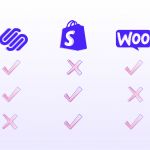

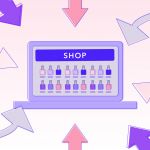

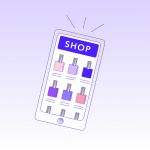
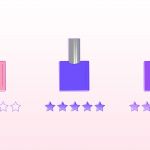
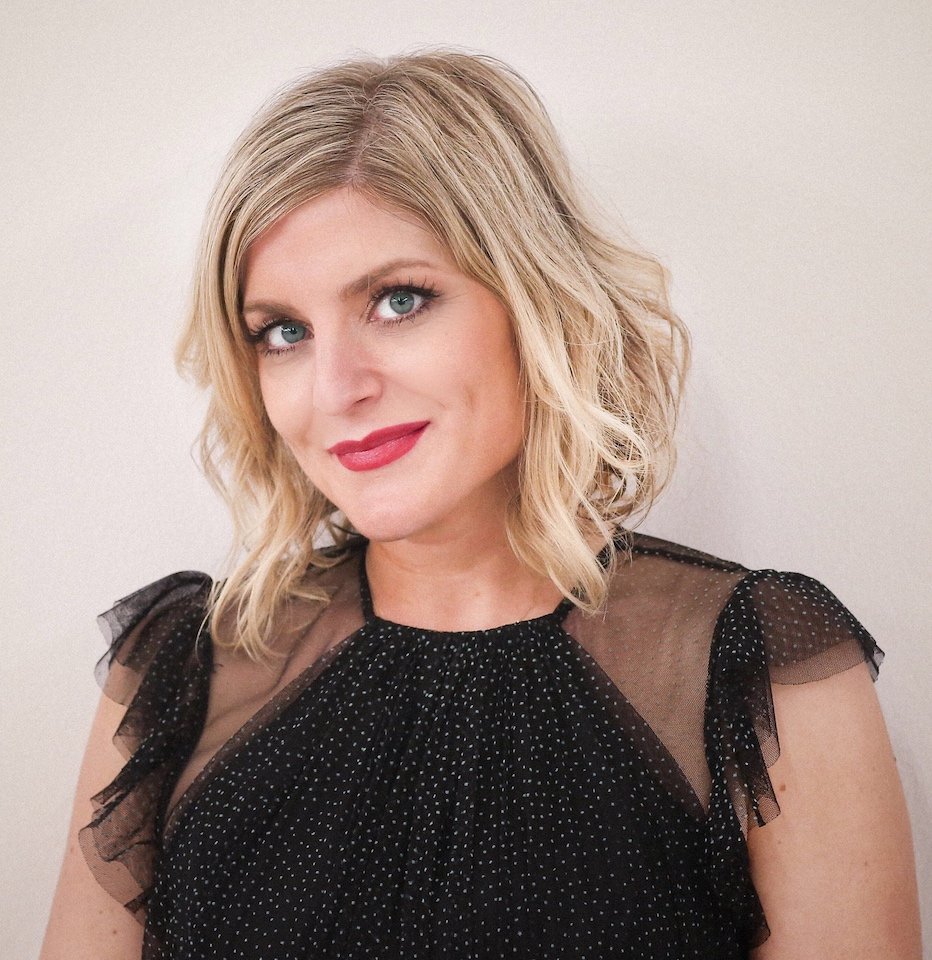

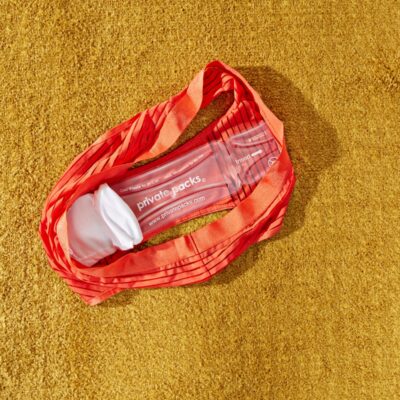
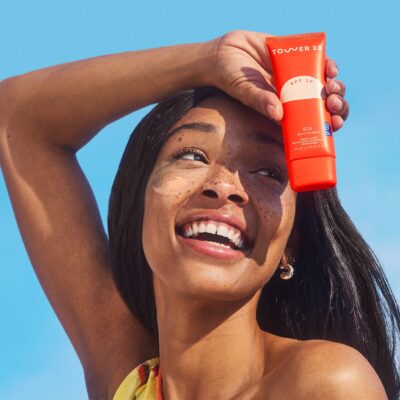

Leave a Reply
You must be logged in to post a comment.